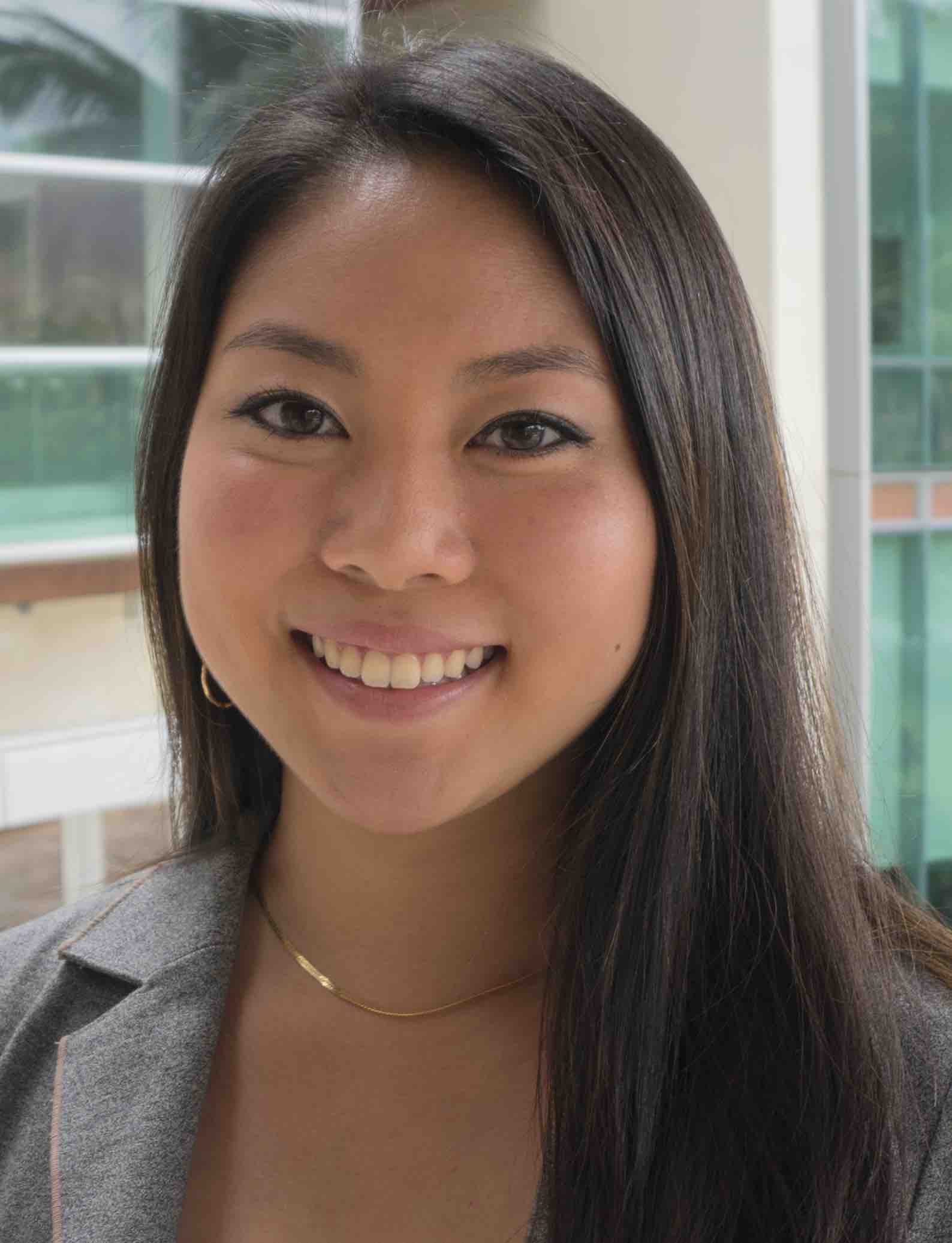E-Newsletter - December 2019
disparities corner
The Alliance Health Disparities Committee, led by Electra D. Paskett, PhD, monitors the inclusion of diverse patients onto Alliance trials in order to improve and recognize best practices for outreach. In this e-newsletter and others, the committee will share successful outreach efforts so Alliance members can benefit from some of the great activities going on throughout our Group in order to improve the populations we serve.
In this column, Courtney Chun shares insight on strategic efforts instituted by her research institution and community site to improve overall accrual to a breast cancer surgical intervention trial.
Lessons Learned: Research Implementation Strategies for Community Based Clinics Participating in Clinical Trials
 By Courtney Chun
By Courtney Chun
Hawaii Minority Underserved NCORP Cancer Care Delivery Research Lead
University of Hawaii Cancer Center
Hawaii Pacific Health’s Artesian Clinic is one of our many diverse sites within the University of Hawaii Cancer Center’s Hawaii Minority Underserved NCORP network. This clinic was selected alongside nine others across the nation to participate in the multi-institutional, cluster randomized Alliance trial A231701CD: Increasing Socioeconomically Disadvantaged Patients’ Engagement in Breast Cancer Surgery Decision Making Through a Shared Decision Making Intervention. Developed by Heather B. Neuman, MD, MS, FACS, and her team at the University of Wisconsin, the trial has two primary goals: 1) to test the effectiveness of a high-level, web-based decision aid in increasing patient engagement in breast cancer surgical consults and decision making, and 2) to determine whether the aid will assist in mitigating decision making barriers often experienced by patients who are socioeconomically disadvantaged. For the trial’s interventional arm, patients with newly diagnosed, early-stage breast cancer are offered a surgical decision aid during a crucial window: between diagnosis and initial surgical consultation.
While preparing to open this trial, our clinical team anticipated several challenges. Two primary concerns surfaced: the ability to maintain a seamless workflow in a busy community surgery clinic and how to approach potentially anxious patients about a sensitive diagnosis before seeing the surgeon. Our initial accrual efforts for this trial were very successful, mainly due to extensive planning, help from the incredibly cooperative clinic staff and an engaged local principal investigator. Strong and continuous communication between the research and clinic staff were key. Teamwork was involved in almost every aspect of patient recruitment, from screening new referrals to approaching patients and introducing the trial in a gradual, comforting way.
At our site, the process began with identifying patients who were newly diagnosed, screening the patient charts, and referring the patients to appropriate research personnel for further review. Once patient eligibility was confirmed, research personnel notified the clinic’s front desk staff, who then introduced the trial to patients when they checked in for surgical consultations. We utilized an approved trial flyer and created a script that emphasized minimum participation requirements, which both patients and staff found particularly helpful.
Following this introductory approach, the front desk staff notified on-site research personnel whenever patients indicated interest in the trial. Research personnel would then greet patients and escort them to a private room to fully explain the trial and answer questions, as well as explain and complete the informed consent/baseline survey process, and offer support and navigation throughout the trial. Like many busy clinics, space and rooms can be limited. We took a proactive approach and worked with the clinic managers to identify a designated space that would serve as a secure, private space to discuss the trial with potential participants. Utilizing this separate space not only allowed a seamless clinic flow (as it does not occupy an examination room), it provided a quiet and safe place for potential participants to learn about and process aspects of the trial without disruption.
In addition, we utilized several other strategies. We often had to dispel myths some patients held about clinical trials as being “dangerous” and/or “only for people who have no other options.” By dispelling these myths and reassuring patients that these notions do not apply to all trials, we saw a very positive response. Also, by explaining that these trials may help others with similar conditions, it greatly increased participation.
Overall, we found that by implementing a solid workflow that would allow for adjustment, establishing good relationships, communicating clearly and often, and being respectful and accommodating with potential participants, we achieved successful accrual to the first phase of this trial. However, it is the patients and their willingness to take part in the trial that really allowed us to get where we are thus far. This has allowed us to connect and collaborate with many individuals who are eager to donate their time and energy to contribute to our research efforts. While we are still in the early stages of this trial, we remain dedicated not only to our patients but to doing everything we can to ensure the continued success of this trial.
For other articles in this issue of the Alliance E-News newsletter, see below.
-
Building Community Trust to Grow Underrepresented Minority Clinical Trial Participation in Southeastern Wisconsin
Alliance Principal Investigator Perspectives - Tina W. F. Yen, MD, MS, Froedtert and the Medical College of Wisconsin LAPS -
The Times They Are a-Changin'
Alliance Transplant and Cell Based Therapies Committee - Miguel-Angel Perales, MD -
Lessons Learned: Research Implementation Strategies for Community Based Clinics Participating in Clinical Trials
Alliance Health Disparities Committee - Courtney Chu, University of Hawaii Cancer Center - 2019 Alliance/ASH Abstracts
- 2019 Alliance/SABCS Abstracts
- Spotlight on Alliance Trials Activated in 2019
- Alliance Foundation Special Project Allocation
- Recap: 2019 Alliance Fall Group Meeting | November 7-9
- Happy Holidays from Alliance


